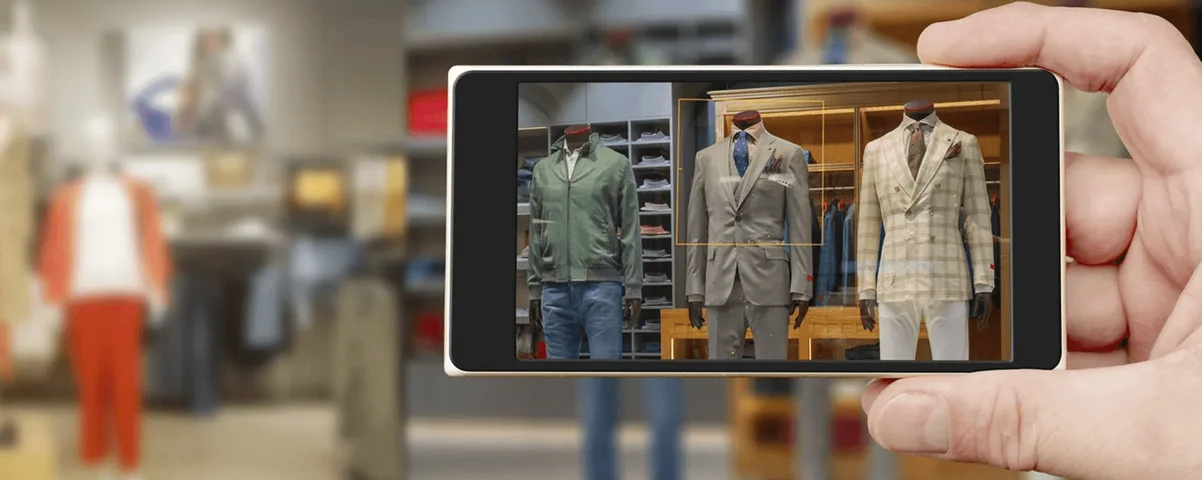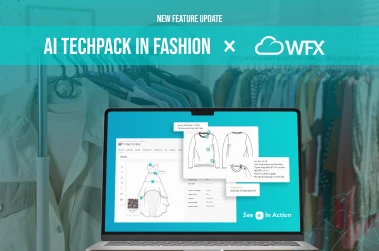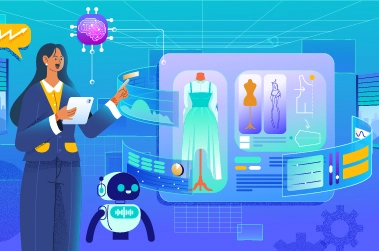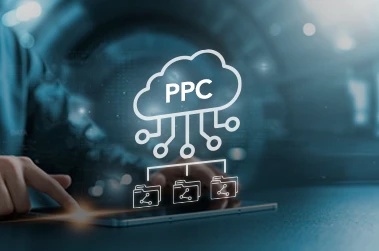PLM or a product life cycle management software helps you manage and track the entire journey that a product goes through, from being just an inspiration on a mood board to sitting on the shelves of your favorite department store.
Historically, PLM was developed to make it easier to manage products and reduce error with design version control. It provided a single source of truth for all the parties involved.
A fashion ecosystem is a complex one, consider how many departments and individuals have to collaborate to create a single collection. From designers, merchandisers, buyers, vendors, brand managers, stylists, logistics team, quality controllers to retail managers and marketers, everyone has to work together to produce a collection. And the thread that makes all these players work smoothly without stepping on each other’s metaphorical toes is PLM.
Also Read: What is a Fashion PLM and why Fashion Brands need it?
Now, there are different varieties of fashion PLM software, some may only let you create Tech packs; some might not integrate well with other systems you’re using, but a 360-degree comprehensive fashion PLM software will let you – Plan, Design, Develop and Source your products in one centralized platform.
An end-to-end PLM will let you –
- Centralize all your product information
- Improve product margins and product quality
- Reduce sample iterations
- Boost collaboration
- Ensure a faster time to market
- Source materials ethically through compliance standards
- Reduce your carbon footprint
Also Read: 9 reasons why fashion brands should use PLM software







































